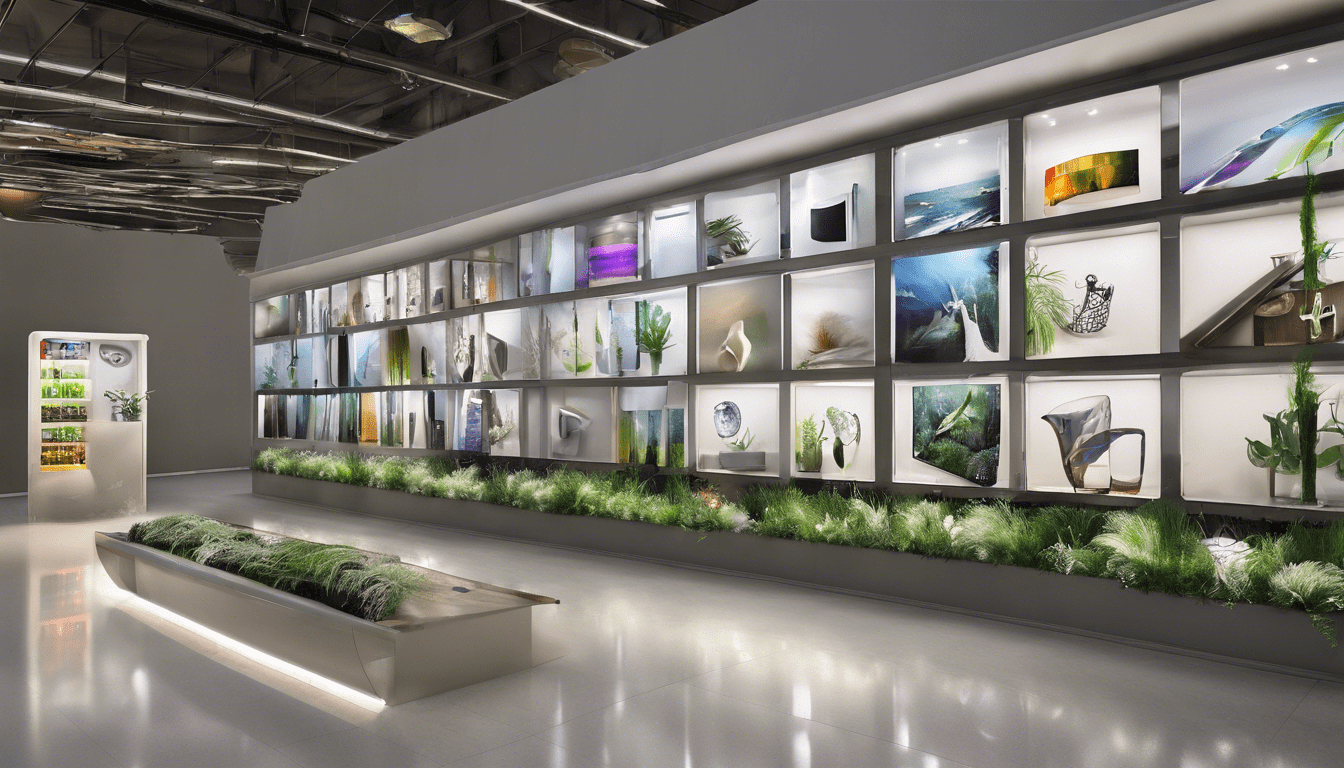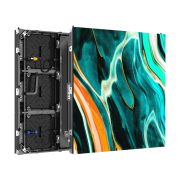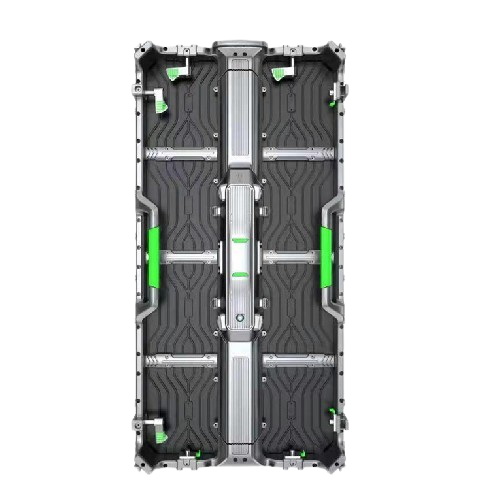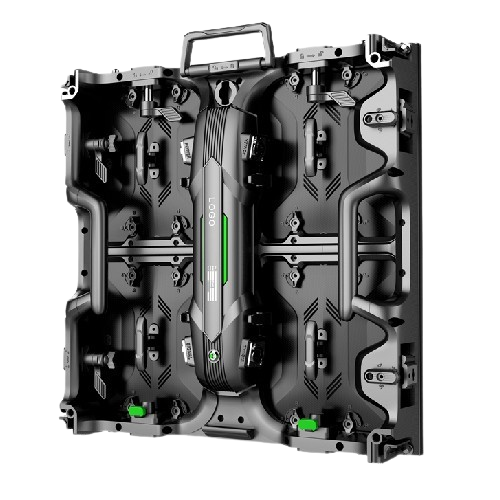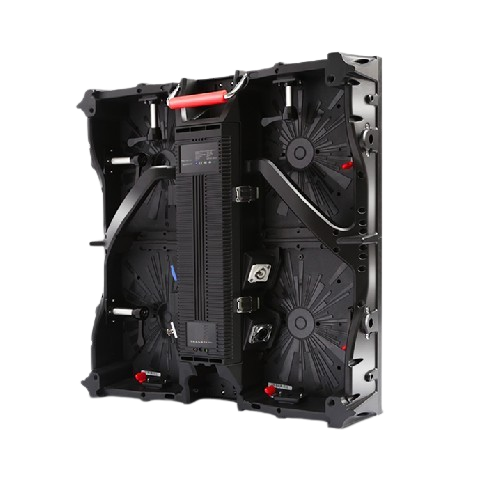Ultimate Guide to LED Display Window Manufacture
Introduction to LED Display Windows
LED Display Windows have revolutionized how businesses present their products. These cutting-edge displays are now ubiquitous in retail outlets, airports, and business centers. This article dives deep into the world of LED display window manufacture, helping you understand the process, benefits, applications, and more.
What is LED Display Window Manufacture?
LED Display Window Manufacture involves creating high-definition digital displays designed specifically for window installations. These displays leverage LED technology to produce bright, engaging visuals that capture attention and increase foot traffic.
Why Choose LED Display Windows?
Opting for LED Display Windows offers numerous benefits:
Vibrant Displays: LED technology provides bright, high-contrast visuals that attract customers.
Energy Efficiency: LEDs consume less power than traditional lighting solutions.
Longevity: LED displays have a longer lifespan compared to other display types.
Versatility: Suitable for various indoor and outdoor applications.
Easy Maintenance: Designed for minimal upkeep with easy access for repairs.
Components of an LED Display Window
Understanding the basic components can illuminate the manufacture process. Some critical parts include:
The fundamental units, consisting of many small LEDs.
Built to process and transmit data to LEDs.
Converts electrical energy to a form suitable for LEDs.
Ensures data and power are adequately distributed.
Provide structural support and protection from external elements.
Steps in LED Display Window Manufacture
Manufacturing an LED Display Window involves several stages:
1. Planning and Design
Customer Needs Analysis: Understanding what the customer wants to achieve.
Conceptual Design: Creating design blueprints and 3D models.
Technical Specifications: Detail out the materials, LED type, size, resolution, and more.
2. Component Sourcing
Once the design is approved, sourcing quality components is vital.
LED Procurement: Acquiring high-quality LEDs.
Controller Units: Sourcing the best control systems for performance.
Frames and Enclosures: Choosing robust materials for structural stability.
3. Assembly
This stage brings all the components together.
Soldering: Attaching LEDs to PCBs.
Wiring: Connecting LEDs, controllers, and power supplies.
Framing: Securely placing the components into the frame.
4. Testing and Quality Control
Testing ensures all parts work harmoniously.
Initial Testing: Tests for power, connectivity, and initial functionality.
Calibration: Adjusting LED brightness and color settings.
Environmental Testing: Ensuring the display operates well under different environmental conditions.
5. Installation and Integration
The final step sees the display assembled in its location.
Site Preparation: Ensuring the installation space is ready.
Mounting: Securely fixing the display.
Connectivity: Connecting the display to data sources.
Types of LED Display Windows
Several types of LED displays cater to different requirements:
Transparent LED Display Windows: Offer high-transparency and are aesthetically pleasing.
Flexible LED Displays: Suit curved or irregular window designs.
Indoor LED Displays: Optimized for environments with controlled lighting.
Outdoor LED Displays: Built to withstand weather conditions and offer brighter displays.
Applications of LED Display Windows
LED display windows find applications across various sectors:
Retail Stores
Retail spaces widely adopt them to showcase products and promotions effectively.
Arenas and Stadiums
Used for advertising, live scores, and event announcements.
Transportation Hubs
Deployed in airports and train stations for schedules, advertisements, and information.
Educational Institutions
Utilized for digital signage, updates, and information dissemination.
Future Trends in LED Display Window Manufacture
Smart Integration: IoT-enabled LEDs for smart control and automation.
Higher Resolutions: Development of ultra-HD displays for better visual experiences.
Energy Efficiency: Continued innovations in reducing power consumption.
Eco-Friendly Materials: Using sustainable materials in manufacturing.
Critical Factors in Selecting an LED Display Manufacturer
Choosing the right manufacturer ensures the best quality and service. Consider the following:
Reputation: Look for manufacturers with a strong industry reputation.
Technology: Ensure they employ the latest technologies.
Customization: Ability to provide custom solutions as per needs.
Support: Robust customer support and after-sales service.
How to Maintain Your LED Display Window
Regular maintenance ensures longevity and optimal performance:
Routine Cleaning: Keep the screen surface clean using suitable cleaning solutions.
Check Connections: Regularly inspect and secure any loose connections.
Software Updates: Ensure the control software is up-to-date.
Environment Control: Maintain an environment that supports the display’s technical requirements.
Cost Factors in LED Display Window Manufacture
Several elements influence the cost of manufacturing and installing LED display windows:
Size and Resolution: Larger, higher-resolution displays cost more.
Component Quality: Higher quality parts increase costs but offer better performance.
Customization: Tailored solutions can add to the expense.
Installation Site: Factors like accessibility and mounting complexity impact costs.
[h1>Conclusion
Investing in LED Display Windows can dramatically enhance your business’s visibility and customer engagement. By understanding the intricate details of LED Display Window Manufacture, from components to applications, you can make informed decisions that leverage the full potential of this innovative technology.

